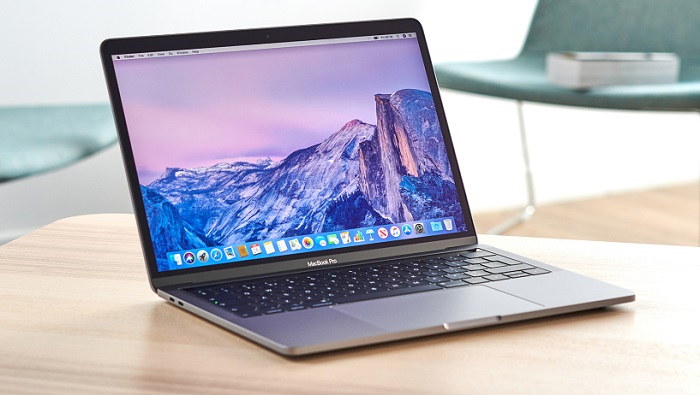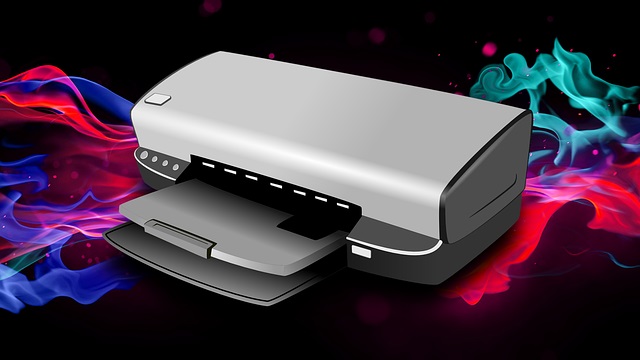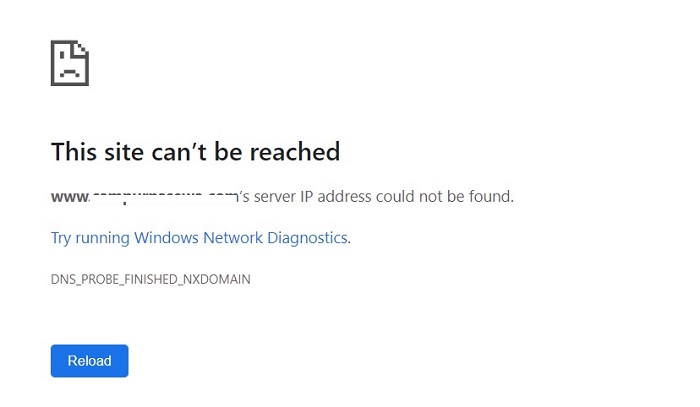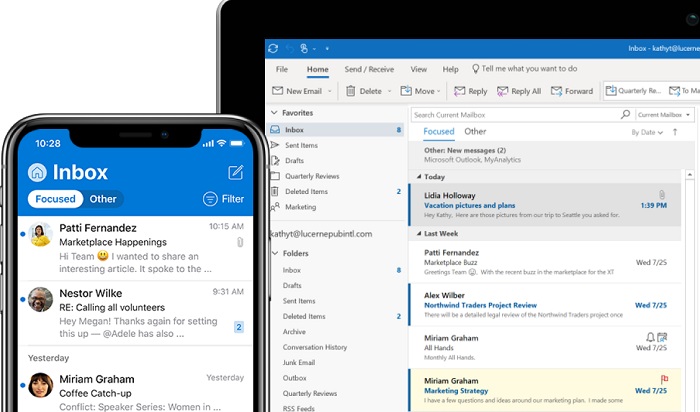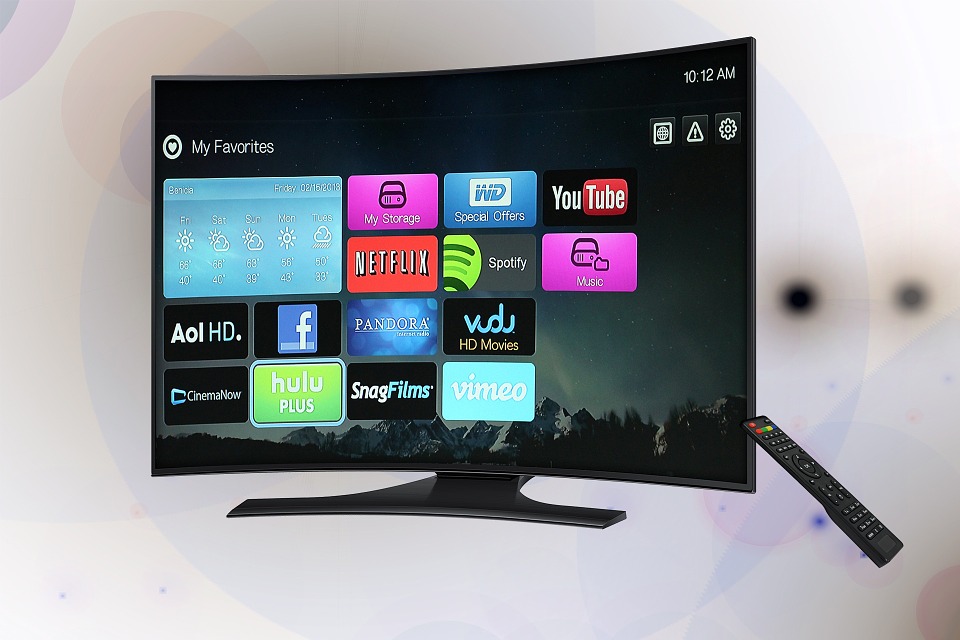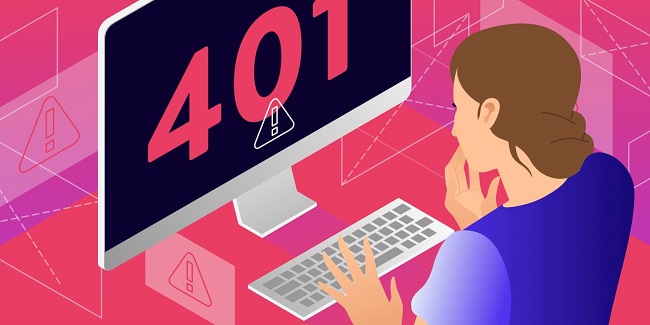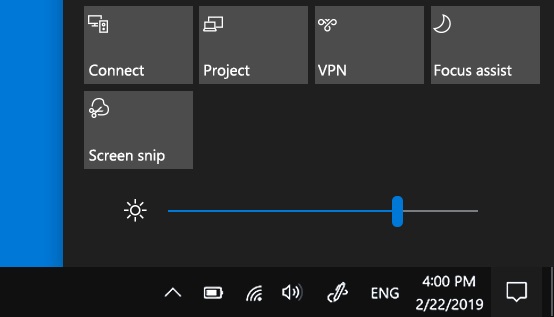There is no doubt that it becomes frustrating for everyone when the error pops up in between the task. Error Loading Player: No Playable Sources Found is one such error that gives you trouble.
There are many users facing the same, and there is no need to get worried if you are also the one, as you will surely be able to solve the issue after applying the fixes we are going to discuss below.
There are different reasons behind this error and here, we are going to solve out this error with every possible way out there. So, before beginning let’s have a clear understanding of the reasons behind the occurrence of this error.

Why Does Error Loading Player No Playable Sources Found Error Occur
Error Loading Player No Playable Sources Found Error occurs mostly during streaming videos and audios on your browser even in the presence of an excellent internet connection. There are several reasons behind this error, most common among them are:
Read Also:
Browser’s cache
Your browser’s cache might be the reason behind this error. If your browser is overloaded with the collection of data, then your browser will stop you from playing video and audio, and this leads to the error to occur. In such a case, clearing your browsing data can help you in resolving the issue.
Outdated versions of Browser
If you are using an outdated version of the browser, then the error is obvious to occur as it will not allow new functions of your application to work. In this case, you need to update your browser to the newest version available.
Older version of Flash Drive
Using an older version of the flash drive is the most common reason behind this issue. So, in this case, the user will not be able to stream online videos, and upgrading it to a newer version can help in resolving the issue.
How to Fix Error Loading Player: No Playable Sources Found Error
Fixing the Error Loading Player: No Playable Sources Found error is an easy task, what you need to do is to simply follow the solutions below and apply the one which suits you the best.
Method 1: Allow Flash To Run
This method is the most useful one in solving this error. When you visit a website that uses Flash, you see a “Plugin blocked” message at the right side of Chrome’s address bar. In this scenario, you just need to allow the flash to run which can be done by changing the settings. Follow these instructions to proceed further:
Step 1: Open Chrome and click the lock icon at the left side of the address bar, select the Site Settings option.
Step 2: From the Permissions section, find Flash, and click on Ask(default). A drop-down menu will appear, choose the option Allow.
Now, your browser can use online resources that use Flash Player. Hopefully, this will solve the error as this is the most effective method. If you are still facing the same issue, try out the next method.
Method 2: Reinstall Adobe Flash Player
Uninstalling and then reinstalling the Adobe Flash Player can help in resolving the issue. Follow the below steps to do so:
Uninstalling
Step 1: Press the Start menu and search Control Panel. Open it and from the Programs section, select the Uninstall a Program option.
Step 2: Right-click on Adobe Flash Player and select the Uninstall option.
This will uninstall the Adobe Flash Player from your PC, now you need to install it again.
Re-installing
Step 1: Go to the browser and type Adobe Flash Player. Access the Adobe official web page and download the latest version of Flash Player for your version of Windows.
Step 2: Download the software and click on the downloaded file to run the installer. Now, follow all the on-screen prompts and complete the installation process.
Now, restart your PC and check whether the issue has been resolved or not.
Method 3: Clear Browser History
The issue can also be resolved by clearing the browser’s history, as overloading can stop you from streaming videos and audios. Clearing the browser’s history can be done by following the below steps:
Step 1: Open Chrome, and click the three dots next to your profile image. Choose the option History and then again History from the sub-menu, or you can simply press Ctrl + H to open it.
Step 2: Select Clear browsing data option from the left panel and you will get the choice to clear your browsing data for a range of dates and times. To delete all your history, choose the option all time. Click on Delete and the item will get deleted from your Chrome history.
If clearing the history does not prove useful in removing the error, you are recommended to try out the next method.
Method 4: Update Google Chrome Browser
Updating the Google Chrome Browser from an older version to a newer one can help you in resolving the issue. If you are also using an older version, then you are recommended to update it by following the instructions below:
Step 1: At the top-right corner of chrome, you will find the Customise menu icon, it looks like three vertical black dots, click it.
Step 2: Click on Help and then About Google Chrome option. As soon as the About Chrome windows open, it will automatically start to check if there are any updates available for Chrome. If updates are available it will start to download them itself and you don’t need to do anything to start this process.
Step 3: After completion of the downloading process, install the updates. Once this is done, click the Relaunch button to complete this process. Clicking it will restart Chrome.
Step 4: After relaunching Chrome, you will have the latest version and now it will tell you that Google Chrome is up to date.
This will update your Google Chrome browser and hopefully, the error will disappear after this.
Method 5: Add Flash Exceptions
Using flash exceptions can help in getting rid of the error. You just need to follow the instructions below in order to proceed:
Step 1: Open the browser and click on the customize menu icon. Select Settings from the menu. In Chrome’s Settings page, scroll down to the bottom of the page and click the Show advanced settings option.
Step 2: Under the Privacy section, click the Content Settings option and scroll down to get the Flash option. Alternatively, you can type chrome://settings/content in the address bar to reach the page.
Step 3: To manage the list of websites that you have given permission to run Flash, click the “Manage Exceptions” button under Flash. You will then get a list of websites and here you can specify the websites that are allowed to run Flash.
Hopefully, this method has helped you in fixing the issue. But, if the issue still persists, there is no need to worry as there are many more solutions to fix the issue. So, move on to the next method.
Method 6: Update Windows to Latest Version
If none of the above methods helped in getting rid of the issue, then it is highly probable that this problem is due to an older version of Windows. In such a condition, you need to update Windows to the latest version. For doing so, go through the instructions below:
Step 1: Go to Settings by pressing Windows key + I hotkey. Click on Update and Security.
Step 2: Click on Check for Updates option. This will check for available updates for your PC. If updates are found, they will be shown. Downloading and installing updates will begin automatically.
After completion of the process, restart your PC and check whether the issue has been resolved or it still persists.
Method 7: Enter Safe Mode Using Networking
Safe mode is the best way to resolve issues that interferes with the normal functioning of your PC. It is considered as one of the most effective methods in dealing with such kind of errors.
Many users find it helpful in solving this issue and regaining normal working. So, try to get rid of the error by entering the Safe Mode using networking, and here is how to proceed:
Step 1: Open the Run window by pressing Windows key + R. Type msconfig and press Enter.
Step 2: Click on the Boot tab and from the Boot Options section, check the Safe Boot option. By doing so, the options below it will get activated. From the options, check Network and press Ok to save the changes.
Now, restart your PC and check whether the error pops up or not. If it still persists, try out the next method.
Method 8: Check Out for Viruses
If your website contains some virus, then it is obvious for this kind of errors to occur and halt the functioning, making you unable to stream videos and audios with the Error Loading Player: No Playable Source found an error.
If this is the case, we recommend you to use antivirus software and firewall to remove the virus on the website you are using and hence solving the issue.
If you don’t want to use the antivirus and firewalls, you can temporarily disable them or you can also uninstall them after removing the virus.
Method 9: Turn off ActiveX Filtering (Only for Internet Explorer Users)
If you are using Internet Explorer, then try to turn off ActiveX Filtering, as many Internet Explorer users are able to get rid of this error by doing so. Here is how to turn off the ActiveX filtering:
Step 1: Open Internet Explorer and select the gear icon located at the upper-right corner of the window. Select Safety from the drop-down menu.
Step 2: When the sub-menu appears, locate the option ActiveX Filtering. If there is a checkmark next to it, then ActiveX Filtering is enabled. Click on the checkbox to uncheck the option. This will turn off the ActiveX filtering.
By doing so, you can turn off the ActiveX filtering and this will help you in getting rid of the error.
Method 10: Switch to a different internet browser
It might be possible that the trouble is specific to the browser you are using. If your browser is not supporting or giving access to the Flash Player, then the error is obvious to occur.
If it is so, then try using a different internet browser to solve this issue. Moreover, try using reliable browsers such as Google Chrome (recommended), Mozilla Firefox, Internet Explorer and Opera.
If you find videos and audios working properly with some different browser, then it is clear that the browser you were using before was either not supporting the Flash Player or contains some bugs.
Method 11: Launching in Incognito Mode
If you have reached so far without being able to solve the issue, then you are left with only one option i.e. try opening your website in Incognito Mode. It sounds absurd but using Incognito mode is the simplest and the most effective method in resolving this issue.
There might be some third party extensions halting the functioning of the Flash Player, and hence making you unable to stream videos and audios on your browser. When you open your website in Incognito Mode, it will disable all third-party extensions.
If everything works fine, then it is clear that the problem is within the extensions, and disabling them one by one will help you in getting rid of this issue. After removing all the extensions, restart your PC to save the changes.
Here is how to launch Incognito Mode:
Step 1: Open Chrome on your PC. At the top right corner, click the customize menu with the vertical black dots.
Step 2: From the options, select the New Incognito Window option. A new window will open up.
There is also use a keyboard shortcut to open an Incognito window for Windows, Linux, or Chrome users i.e. Press Ctrl + Shift + N.
Read Also:
Conclusion
Finally, we have discussed all the possibilities as well as relevant methods to solve the issue. Hopefully, you will be able to get out of the error just like all other users who have been benefitted by following these methods.
Moreover, if you are still unable to fix the issue, then we recommend you to contact an experienced technician for further help.
